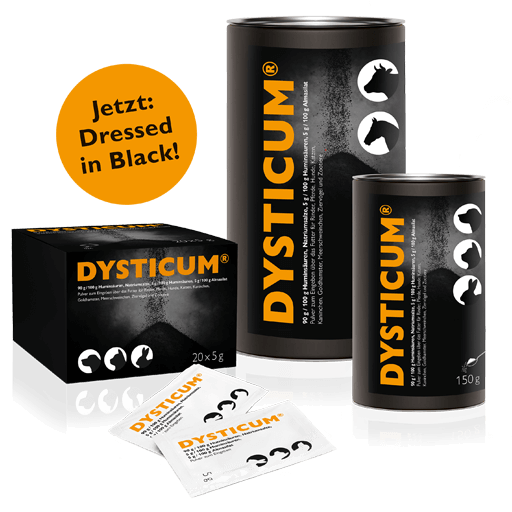Areas of application
For the treatment and metaphylaxis of gastro-intestinal conditions such as:
- Infection-related (caused by bacteria or viruses) diarrhoea or non-specific diarrhoea (e.g. caused by food)
- Digestive disorders caused by decay and fermentation processes (dyspepsia) and metabolic disorders (especially involving carbohydrate metabolism) caused by changes, feed changes, incorrect feeding or reduced feed intake
- Removal of certain harmful compounds ingested with feed (e.g. fungal toxins, pesticide or heavy metal contamination) and harmful substances or their metabolites that are only produced in the gut
- Normalisation of gastrointestinal bacterial flora
- For the rapid regulation of natural metabolic processes in the digestive tract, e.g. in intensively fed high-performance animals (including in cases of nitrate contamination through feed and drinking water)
Side effects, interactions and contraindications:
None known!
Target species:
- Animals
- cattle
- horses
- dogs
- cats
- rabbits
- golden hamsters
- guinea pigs
- pet birds
- Zoo animals:
- zoo ruminants
- primates
- marsupials
- camels
- elephants
- equine animals
- terrestrial predators
Practical examples from veterinary practice

Cross-breed female dog, 11 months old, rescue animal. Acute diarrhoea with small amounts of blood but generally in good condition. Use of DYSTICUM® 1 g / kg (body weight), 2 times a day, to moistened dry food. Active the following day, stool consistency improved. No abnormalities on the 3rd day.
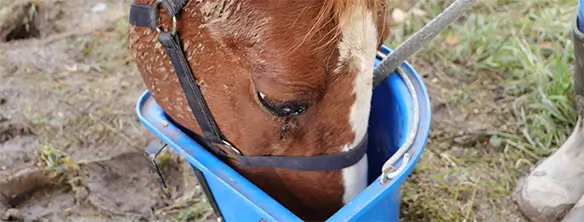
Gelding with unclear digestive disorders, mild colic and cachexia. Veterinary surgeon raises suspicion of IBD. Stabilisation on DYSTICUM®, administered in hay cobs. Colic did not recur, nice weight gain.
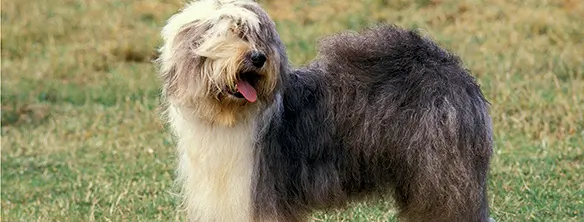
Male bobtail, 2 years old, with feed intolerance, slimy diarrhoea, bilateral otitis externa, pruritus and inflammatory erythema on the elbows and abdomen. Already being given diet feed. Recurrent Giardia. Rapid healing of the skin, stool consistency normal after 3 days on DYSTICUM®. Repeat test for Giardia negative.

German wire-haired female dog, 3 years old. Previous acute haemorrhagic diarrhoea syndrome as a consequence of poisoning with rat poison and hospital stay. DYSTICUM® given in high doses to begin with, then later in a smaller dose over several months as long-term treatment. Dog in good condition.
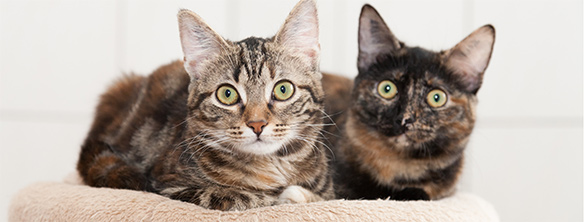
Two kittens from a rescue shelter, infected with Tritrichomonas foetus. Slimy, bloody large bowel diarrhoea, inflamed and irritated anal region. After 3 days of DYSTICUM®, stable stool consistency, and both patients were normal after one week. DYSTICUM® is administered for 8 weeks. The parasite can no longer be detected.
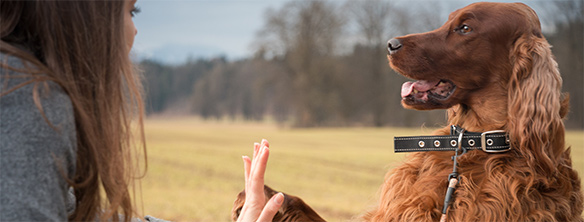
Female setter, 5 years old: previous small bowel resection with removal of the ileocaecal valve. Condition 1 year after surgery: chologenic diarrhoea, SIBO (Small Intestinal Bacterial Overgrowth), cachexia, vitamin B12 deficiency, shaggy fur. Dog given DYSTICUM® among others as a long-term treatment in small doses. Stool solidifies after 3 days. The dog's condition stabilises, she becomes more active and the coat starts to shine.
How humic acids work
- Humic acids are produced by the decomposition of animal and plant source materials and account for the main fraction of humic substances. They are found in soils, peat and lignites, among other things. The humic acids we use are extracted from lignite deposits. In classical chemistry terms, they do not have a standardised structural formula. They are three-dimensional macromolecules (1,000 – 200,000D) and consist of a highly aromatised central core and peripheral and functional groups (phenolic hydroxyl, carbonyl and carboxyl groups, amino and sulphydryl residues, quinoid and flavonoid structures).
These heterogeneous chemical structures explain the wide range of possible reactions due to the different structural properties.
There are various investigations and studies that describe the following properties:
- They work
- Antibacterial and virucidal
- Antifungal
- Antiphlogistic
- Immuno-modulating
- Mucous membrane covering and astringent
- Anti-resorptive and adsorptive
- Ergotropic
Information and studies on humic acids
Trade fairs & congresses

12. Leipziger Tierärzte Kongress
18. – 20. Januar 2024 in Leipzig
BPT-INTENSIV 2024
(Bielefeld)
29. Februar – 03. März 2024 in Bielefeld

24. Internationaler Kongress für Ganzheitliche Tiermedizin
05. – 07. April 2024 in Nürnberg
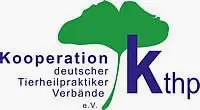
26. Tierheilpraktikertage
28. – 30. Juni 2024 in Hohenroda
bpt-Kongress 2024
14. – 16. November 2024 in Hannover


